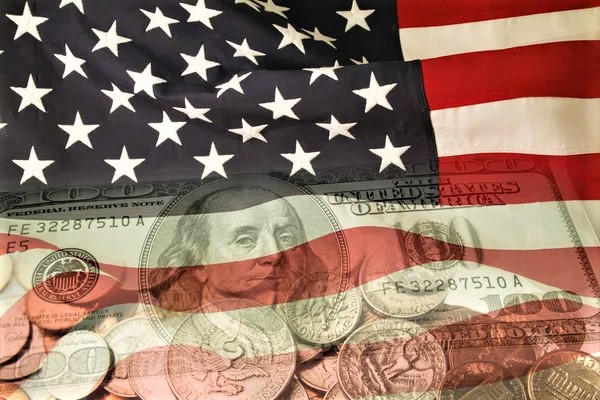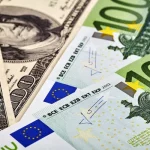As risk sentiment continues to be in a favorable area so far, the US Dollar is experiencing a bad start to a new week.
In the Asian session on this Monday, the US Dollar briefly retreated to seven-month lows at 101.77 before settling at 102.00 against its key competitors.
The Asian stock markets outside of Japan saw gains, after a Friday rise on Wall Street. After the major US banks JPMorgan Chase & Co., Bank of America Corp., Citigroup Inc., and Wells Fargo & Co. released their earnings results on Friday, the S&P 500 index rose over the crucial 200-Daily Moving Average (DMA) and tested the 4,000 level.
Investors don’t seem to be alarmed by Tuesday’s expected publication of disappointing economic statistics from China.
Market optimism and expectations of American Dollar is suffering as a result of the Federal Reserve raising rates more slowly and the resumed USD/JPY fall.
Following weak US inflation data last week, markets are pricing in approximately 80% odds of a 25 basis points (bps) Fed rate rise in March, with a 25 bps completely baked in at the start of the following month.
In the meanwhile, investors ignored Friday’s positive Consumer Sentiment and Inflation Expectations data from the University of Michigan (UoM) amid rising dovish Fed wagers.
The price of gold reached new nine-month highs at $1,929 before falling quickly to $1,915 when the daily chart became overbought.
After testing levels of $21,500, Bitcoin also profited from a more favorable risk profile and widespread US Dollar weakening. With a daily gain of more than 1%, Ethereum is currently trading at the $1,600 level.
It’s important to remember that Monday is Martin Luther King Jr. Day, when the US financial markets are closed.
As a result, sparse trading is expected to persist, which might result in widespread volatility and extreme swings.
The BoJ policy decision, US retail sales, UK inflation, and Fed speeches will all be eagerly watched this coming week.









